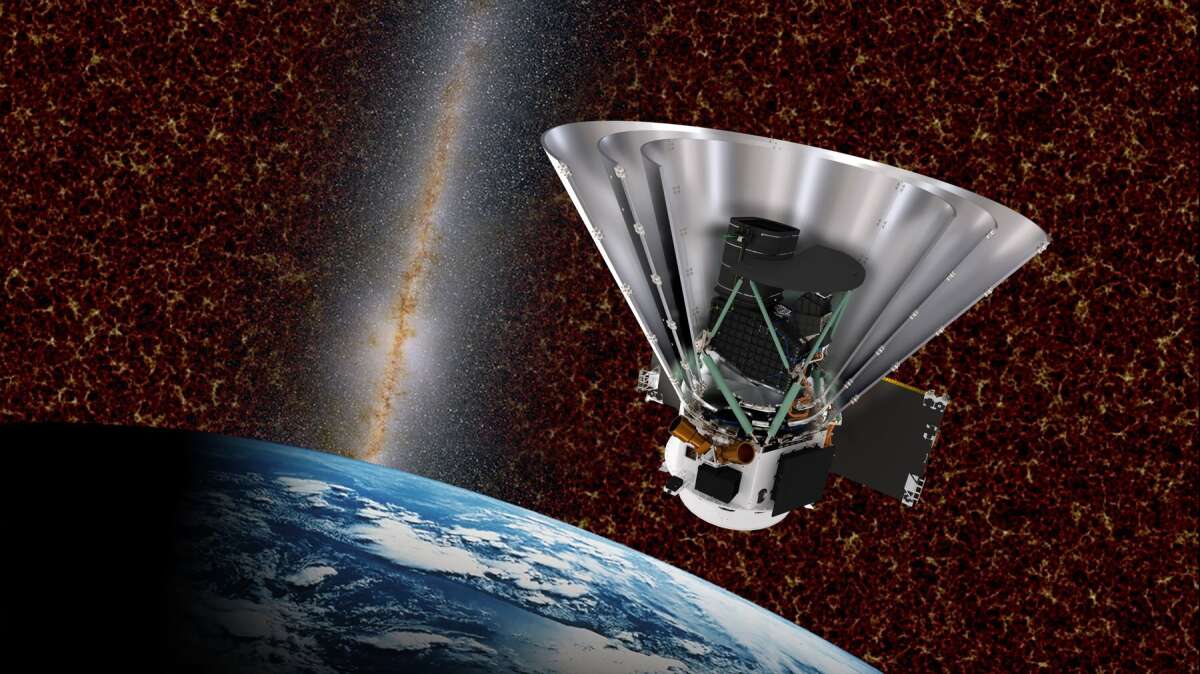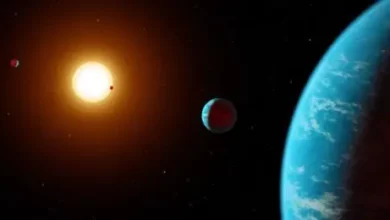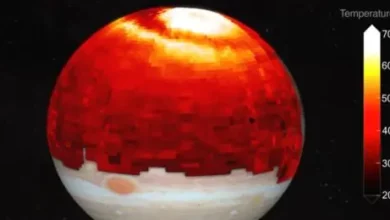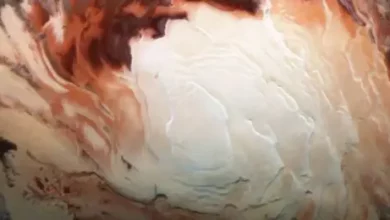
Test chamber for NASA’s new space mapper handed over to SPHEREx
(ORDO NEWS) — After three years of design and construction, a specially equipped test chamber for NASA’s upcoming SPHEREx mission has been delivered to the California Institute of Technology (Caltech) in Pasadena.
SPHEREx (short for Spectro-Photometer for the History of the Universe, Epoch of Reionization, and Ices Explorer) will create a unique map of the cosmos that will contain hundreds of millions of objects, including stars, galaxies, star-forming regions, and other cosmic wonders.
Unlike any other map, it will provide images of individual objects as well as a spectrum for every point in the sky. Spectra can contain a lot of information about space objects, including their chemical composition, age, and distance to distant galaxies.
For SPHEREx to make all of this possible, the telescope must not only be able to withstand the rigors of space, but to perform well in those conditions. For this, a special test chamber is needed.
The stainless steel cylindrical chamber was built by the Korea Astronomy and Space Science Institute (KASI). It will be used to test SPHEREx detectors (mainly its cameras) and optics.
The test chamber is designed to cool the detectors down to minus 200 degrees Celsius. This is to ensure that their own heat does not absorb light from the objects that have been chosen for observation.
But first, the SPHEREx team must check to see if the detectors are in focus. Scientists will need to get the distance between the detectors and optics to be within 7.5 micrometers, or about one-tenth the width of a human hair.
“A number of factors can affect the focus of our tool,” said Phil Korngut, a researcher at Caltech. “It is very important that we set the focus before flying, and the only way to do this is through special cryogenic optical testing in the environment provided by the KASI camera.”
The camera is also set to calibrate the SPHEREx spectrometer, which will determine the spectrum of every point in the sky.
In 2018, KASI launched a mission called Near-infrared Imaging Spectrometer for Star formation history (NISS), which bears similarities to SPHEREx. Working on NISS gave the KASI team the experience they needed to build the test chamber.
The camera has now been delivered to the SPHEREx test lab, where it will remain for approximately 18 months until equipment testing is completed.
—
Online:
Contact us: [email protected]
Our Standards, Terms of Use: Standard Terms And Conditions.








